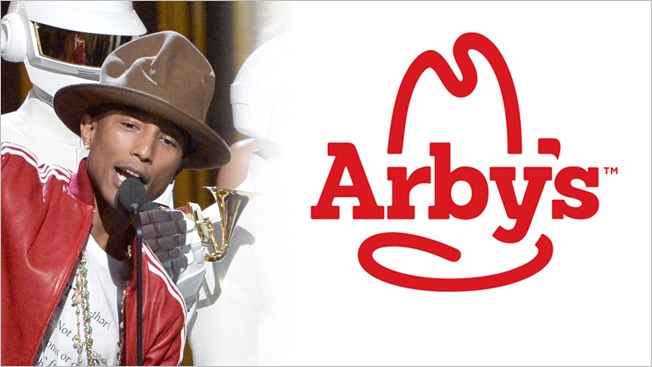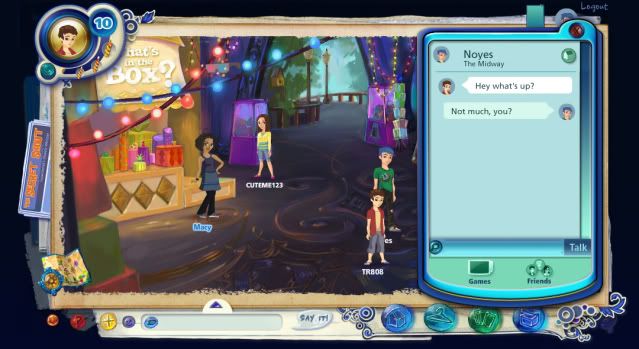The ups and downs of social media popularity are familiar to most (I can't take any more articles about how "kids" are leaving Facebook because their parents are on it); however, I am still trying to wrap my brain around the slow and steady race that Tumblr seems to be running.
Adobe's Q4 2013 Social Media Intelligence Report, which analyzes paid, earned and owned social media trends, claims that referral traffic from Tumblr is second only to Facebook -- when comparing the value of each referred visitor.\ ($1.10 and $1.22 per visit, respectively). Pinterest, which has been touted as an e-commerce magic wand (see:
any article about Black Friday and Pinterest) was ranked third in this report at $0.93/visit.
I find Tumblr's continued success to be surprising, given some struggles with their traffic and growth over the last few years. Can "micro-blogging" platforms still find their place among other visual platforms such as Pinterest? Or more robust blogging and publishing platforms? Tumblr still seems to have an edge as far as memes and random GIFs (
What Happens in Media Planning is still a fave), but sites like BuzzFeed are making it easy to find all of the silliness of the interwebz in one place.
And, while the Adobe report looked at data from various verticles (retail, media, entertainment, travel), I would be curious to know which one was most impacted by referral traffic from Tumblr.


